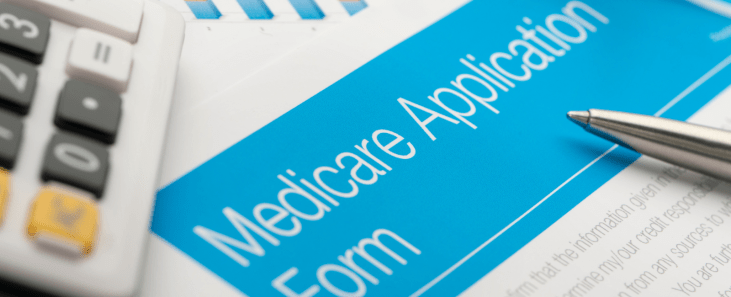What Is a Late Enrollment Penalty?

If you miss your Medicare Initial Enrollment Period, you may have to pay costly penalties.
These late enrollment penalties are imposed by Medicare — not CarePartners of Connecticut.
Late enrollment penalties are added to your monthly premium, and they’re not a one-time fee. The longer you wait, the more you’ll end up paying in penalties. Here’s the full breakdown.
Medicare has three types of late enrollment penalties:
Part A Late Enrollment Penalty
If you sign up for Part A (hospital insurance) after your seven-month Initial Enrollment Period has ended, you’re considered a late enrollee. Medicare applies a 10% penalty to your monthly premium for twice the number of years you were eligible but not enrolled.
For example: If you were eligible for two years but didn’t sign up, you are responsible for paying the 10% penalty for four years.
Exceptions: If you meet certain conditions that allow you to enroll in Medicare during a Special Enrollment Period (rather than when you’re first eligible), you may not have to pay this penalty.
Part B Late Enrollment Penalty
If you sign up for Part B (medical insurance) after your seven-month Initial Enrollment Period has ended, you’re considered a late enrollee. Medicare applies an extra 10% penalty to your monthly premium for each full 12-month period you were eligible but not enrolled. You pay this for as long as you have Part B (for most, that’s the rest of your life).
For example: If you are two years late in signing up for Part B, you are responsible for paying a 20% late enrollment penalty.
Exceptions: As with Part A, if you meet certain conditions that allow you to enroll in Medicare during a Special Enrollment Period (rather than when you’re first eligible), you may not have to pay this penalty.
Part D Late Enrollment Penalty
Medicare will apply this penalty if you go 63 days or more without Part D or other credible prescription drug coverage – whether this is when you’re first eligible for Medicare, or at any point after you enroll.
Your exact penalty is a percentage of the average monthly premium for Medicare drug plans in the U.S., and that percentage is based on how long you go without coverage (an additional 1% per month).
For example: In 2026, the average premium amount is $38.99. If you were to go 14 months without coverage, your penalty would be calculated like so:
- $38.99 x 0.14 (14% penalty) = $5.46, rounded to $5.50 (the nearest $0.10).
- You’d be responsible for paying this additional $5.50 each month.
You pay the Part D late enrollment penalty for as long as you have Part D. For most, that’s the rest of your life. Keep in mind: Because the average premium amount changes each year, your penalty may also change each year.
What is “creditable drug coverage”?
Creditable drug coverage is coverage — from a current or former employer or union, TRICARE, Department of Veteran Affairs, or other source — that pays, on average, at least as much as Medicare’s standard prescription drug coverage.
Are there any exceptions to the Part D late enrollment penalty?
You do not have to pay the Part D late enrollment penalty if you receive “Extra Help” from Medicare to pay for your prescription drugs.
Can I appeal my Part D late enrollment penalty?
If you do not agree with your Part D late enrollment penalty, you (or your representative) can ask for a review.
Generally, you must request this within 60 days of your first notification that you’re responsible for paying a late enrollment penalty. (Note: If this was prior to joining CarePartners of Connecticut, you may not be able to request this review.)
Do not stop paying your Part D late enrollment penalty while you’re waiting for a decision on your review. You may be disenrolled for failure to pay your plan premiums if you do.
